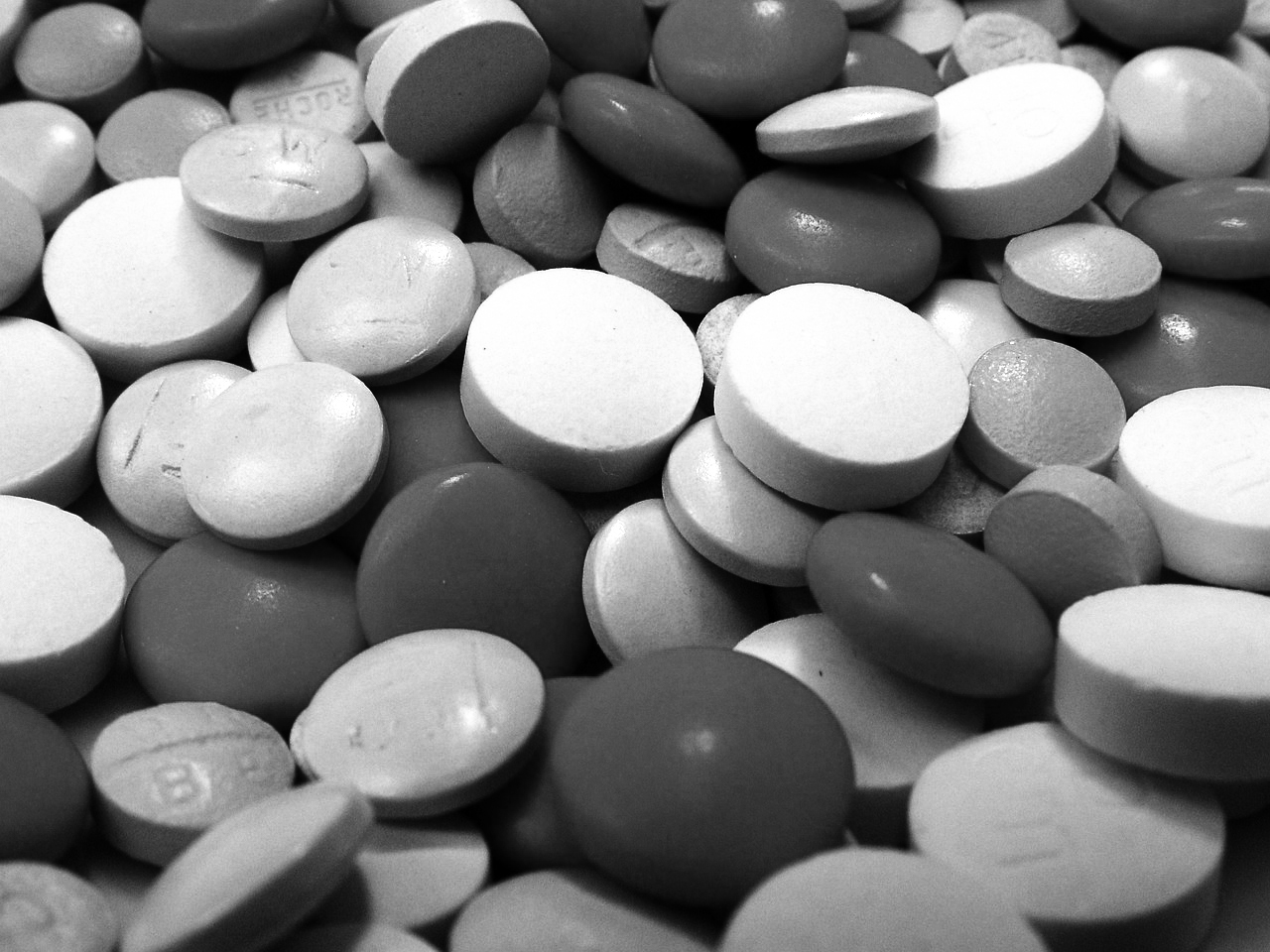July 3, 2024
Relying on “text, context, and history,” the Supreme Court’s ruling last week in Harrington v. Purdue Pharma, L.P. clarified that bankruptcy judges do not have the ability to shield non-debtors from liability under the U.S. Bankruptcy Code without consent of the claimants. This bankruptcy case is one of many stemming from the opioid crisis, which was fueled by the overuse of addictive prescription opioids. The non-debtors seeking protection from liability as part of the Purdue Pharma bankruptcy were members of the billionaire Sackler family who owned and controlled the company for decades.
In 2007, an affiliate of Purdue Pharma pled guilty to a federal felony for misbranding OxyContin as a “less addictive, less-abusable alternative to other pain medications.” Amid thousands of lawsuits in the decade following, the Sackler family withdrew approximately $11B from Purdue Pharma prior to the company filing Chapter 11 bankruptcy.
Under Purdue’s original plan, the Sacklers’ would return approximately $4.3B to the Purdue estate to be distributed among claimants. In exchange, members of the Sackler family sought discharge from personal liability to any existing and future claimants. The plan did not provide for or seek consent of the claimants.
The proposed plan was supported by the majority of the claimants, which included 42 state Attorneys General, as well as the bankruptcy judge who approved the initial plan. On appeal, the district court vacated the bankruptcy court’s decision finding no basis in the Bankruptcy Code for such use of third-party releases without consent of the claimants.
The Bankruptcy Code generally offers debtors relief from existing and future claims, while requiring debtors to put substantially all of their assets into the estate in order to satisfy creditors. Members of the Sackler family did not declare bankruptcy personally. Nor did they put up substantially all of their assets. The reorganization plan did not include the Sackler family as debtors, but it did provide for their release from liability for existing and future claims.
While the litigation was pending in the Second Circuit, the Sackler family offered to contribute an additional $1.175B to $1.1675B if the eight remaining states and the District of Columbia would drop their objections to the reorganization plan. The offer persuaded all eight states and the District of Columbia to assent to the plan. A divided Second Circuit then approved. The US Trustee filed an application to stay the Second Circuit’s decision, which the Supreme Court granted and treated as a petition for a writ of certiorari.
The case turned on the interpretation of §1123(b) of the Bankruptcy Code which describes what a bankruptcy reorganization plan may include. The initial five paragraphs of §1123(b) describe the ability to address claims and property of the debtor, as well as the ability to modify the rights of creditors. Section 1123(b)(6) follows and serves as a catch-all which allows the court to “include any other appropriate provision not inconsistent with the applicable provisions of this title.” With a textualist writing for the majority, Justice Gorsuch reasoned that Congress did not intend the catch-all to mean “everything not expressly prohibited is permitted.” As such, the Bankruptcy Code does not permit the usage of non-consensual releases from liability for non-debtors of a chapter 11 debtor.
Justice Kavanaugh (joined by Justices Kagan and Sotomayor and Chief Justice Roberts) explained the unfortunate reality of this outcome in dissent. The claims will head back to bankruptcy court. If the plan cannot be revised with consensual releases, the bankruptcy may fail and the parties would return to the “tsunami” of litigation from which bankruptcy provided a shelter. The ruling creates uncertainty as to when or if victims of the opioid crisis may find relief from Purdue Pharma and the Sackler family. It will also extend the timeline for any distribution of funds to the 50 states and the District of Columbia, whose Attorneys General supported the plan with the hopes of using the distributions to fight the opioid epidemic.
The Temple 10-Q’s own bankruptcy scholar, Professor Jonathan Lipson, served as pro bono counsel to an opioid survivor and activist who objected to the Sackler releases. Professor Lipson also served as pro bono counsel of record to a group of law professors who opposed the Sackler releases in appeals before the Second Circuit and the Supreme Court.
“The Purdue Pharma ruling is about more than textualism,” Professor Lipson noted. “It means that powerful people cannot use their company’s bankruptcy to escape accountability. They can either litigate the merits—which the Sacklers sought to avoid through Purdue’s bankruptcy—or use bankruptcy themselves.”
Regardless of the decision in this case, there was no winning for opioid victims and their survivors. The decision, however, preserves the equitable principles that underlie the Bankruptcy Code and will deter misuse by tortfeasors of the future.
Douglas Sasso (LAW ’26) is a rising 3LE of the Temple University Beasley School of Law and a Senior Student Editor for the Temple 10-Q.
